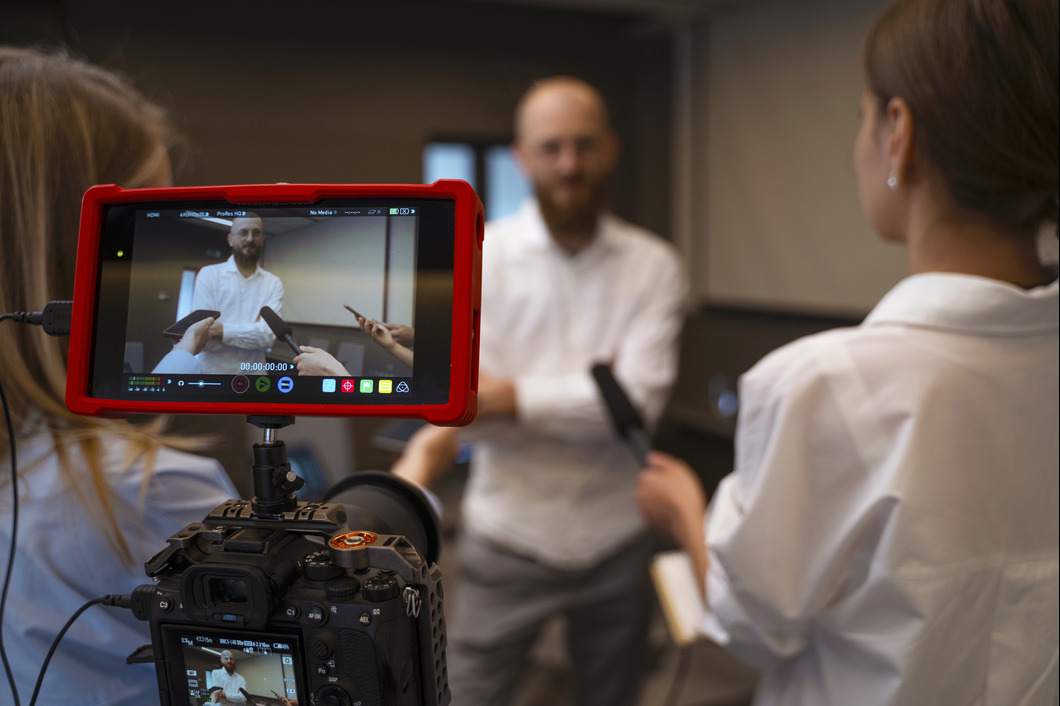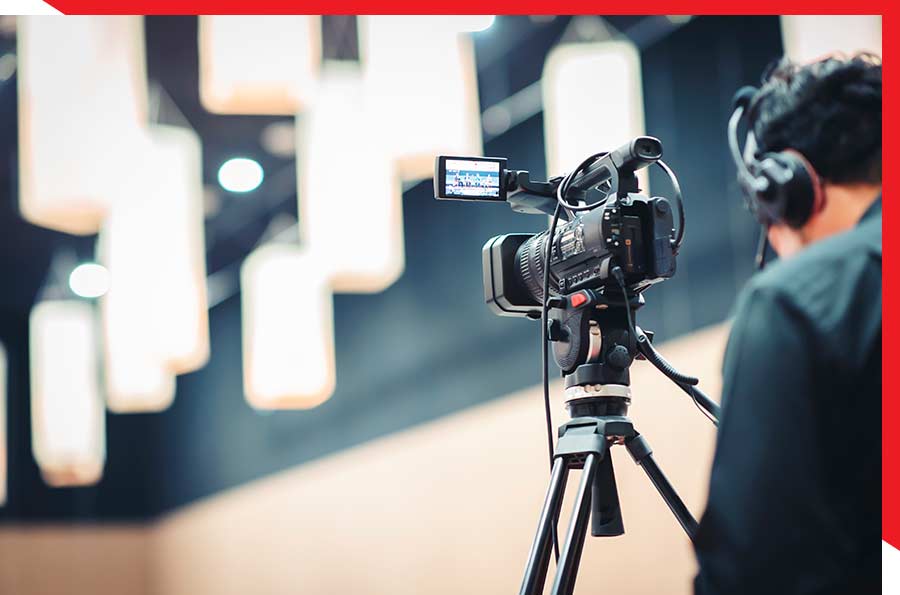How Legal Videography Can Make or Break Your Legal Method
Exploring the Systems of Lawful Videography: Introduction Its Procedure in Shielding Authentic Visual Testimony for Judicial Process
In the realm of judicial proceedings, the function of lawful videography stands as a foundation in preserving and providing aesthetic evidence. As modern technology continues to breakthrough, the systems behind lawful videography have come to be increasingly detailed, offering an important layer of authenticity to statements recorded on video clip.
Historic Advancement of Lawful Videography
Examining the historical progression of legal videography discloses a considerable makeover in the capturing and presentation of aesthetic proof within the legal landscape. In the past, legal procedures greatly relied on composed transcripts and pictures to document occasions and give evidence. With the arrival of video clip technology, the legal market observed a paradigm shift in how visual testimony was caught and provided.
The development of legal videography can be mapped back to the late 20th century when innovations in video clip recording tools made it extra accessible for use in courtrooms. This technological development not only enhanced the accuracy and reliability of aesthetic proof yet additionally changed the means instances existed to juries and judges (Legal Videography). Lawyers began to recognize the convincing power of video clip recordings in conveying feelings, nuances, and non-verbal signs that composed photos or records alone might not record effectively

Innovation Developments in Video Documentation
What key technological advancements have revolutionized video clip documents in the legal field? The lawful area has actually seen substantial improvements in video documentation technology that have actually improved the authenticity and reliability of aesthetic evidence in judicial procedures. Among the essential advancements is high-def (HD) video clip recording capabilities, which give crystal-clear images and sharp information that are vital for precisely capturing testimonies, faces, and other aesthetic hints. Additionally, the assimilation of timestamping and metadata features in video documentation devices has made it possible for exact documentation of when and where the video clip was taped, guaranteeing the honesty of the proof presented in court.
Moreover, innovations in video file encryption and watermarking modern technologies have boosted the safety and security and tamper-proof nature of video clip proof, safeguarding it against unapproved alterations or tampering. The advent of cloud storage options and remote accessibility capabilities has streamlined the storage, retrieval, and sharing of video evidence, helping with seamless collaboration among legal professionals and guaranteeing effective accessibility to important aesthetic testaments when required. These technical innovations in video clip documents have actually certainly reinvented the legal field, improving the accuracy, trustworthiness, and admissibility of visual evidence in judicial proceedings.
Role of Legal Videographers in Courtroom Setups
The development of video documents modern technology in the legal field has actually required an important role for lawful videographers in court settings, making certain the stability and over at this website dependability of visual testimonies offered during judicial process. Legal videographers play a fundamental duty in catching and preserving precise visual proof that can be critical in lawsuit. Their duty prolongs to establishing devices, recording proceedings, and creating high-grade videos that accurately show the events in the court.
In courtroom setups, legal videographers need to comply with stringent guidelines and requirements to keep the authenticity of the aesthetic record. They need to have a keen eye for information and a complete understanding of lawful procedures to make sure that the footage they catch is a real representation of the events that took place. Additionally, legal videographers usually work very closely with lawful teams to make sure that the video clip evidence aligns with the situation's needs and can be efficiently provided in court to sustain the lawful arguments being made. Generally, the duty of lawful videographers in courtroom settings is crucial in upholding the principles of justice and making sure the openness of lawful proceedings.

Ensuring Admissibility and Integrity of Video Proof
To maintain the reputation of visual evidence provided in lawful proceedings, making sure the admissibility and honesty of video evidence is an important duty for legal videographers. Admissibility refers to the acceptance of proof by the court, and for video proof to be permissible, it must meet specific requirements. Lawful videographers play a crucial role in guaranteeing that the video clips they catch abide with the regulations of evidence, such as authenticity, significance, and dependability.
Integrity of video evidence entails keeping the creativity and precision of the video from the moment it is taped up until it exists in court. This includes securely storing the video clip documents, recording the chain of wardship, and protecting against any kind of meddling or modifications. see Legal videographers should stick to strict methods to assure the stability of the video evidence and protect against any kind of difficulties to its authenticity.
Future Trends in Legal Videography
Given the increasing dependence on modern technology in legal process, legal videographers are positioned to welcome cutting-edge innovations forming the future of visual testimony capture and discussion. Among the prominent patterns coming up is the integration of digital reality (VIRTUAL REALITY) and increased reality (AR) modern technologies into lawful videography. These innovations have the prospective to revolutionize just how visual proof is provided in court rooms, enabling courts and judges to submerse themselves in the scene of the criminal offense or case.
Moreover, the use of man-made intelligence (AI) formulas for video clip analysis is anticipated to streamline the procedure of reviewing and examining large amounts of video clip footage. AI can assist in recognizing key minutes, abnormalities, and patterns within videos, improving the performance of legal examinations.
Verdict
In final thought, legal videography has actually played an essential duty in supplying genuine visual proof for judicial proceedings. Via technological innovations and the know-how of legal videographers, the stability and admissibility of video clip evidence are made sure in court setups. As lawful videography remains to advance, it will be vital to support criteria that maintain the accuracy and dependability of aesthetic testimony for the future of lawful process.
Analyzing the historic development of lawful videography reveals a considerable transformation in the capturing and presentation of aesthetic proof within the legal landscape.The evolution of video documents modern technology in the legal field has actually necessitated a crucial role for legal videographers in court setups, ensuring the integrity and dependability of visual statements offered throughout judicial process. Additionally, legal videographers frequently work carefully with lawful groups to make sure that the video clip proof straightens with the instance's needs and can be properly offered in court to sustain the lawful debates being made.To keep the credibility of visual evidence offered in lawful process, making certain the admissibility and honesty of video proof is an essential responsibility for legal videographers. As lawful videography proceeds to progress, it will certainly be necessary to maintain requirements that preserve the accuracy and reliability of aesthetic testament for the future of lawful procedures.